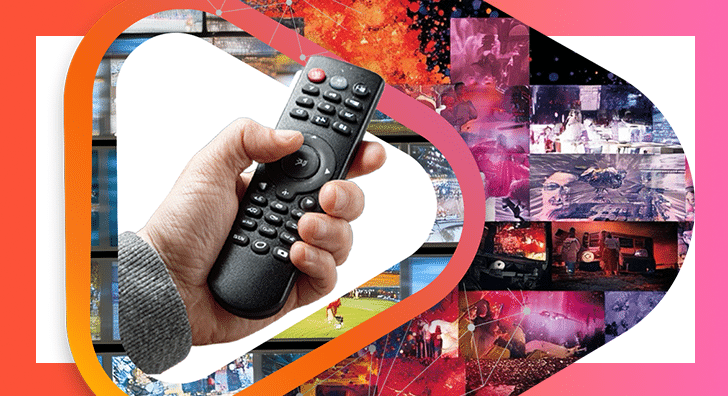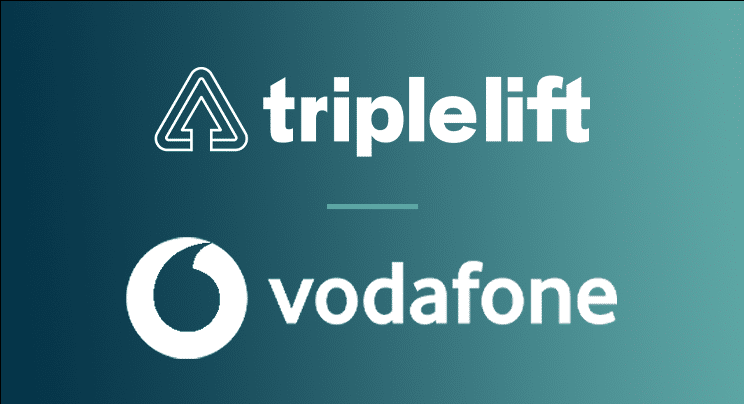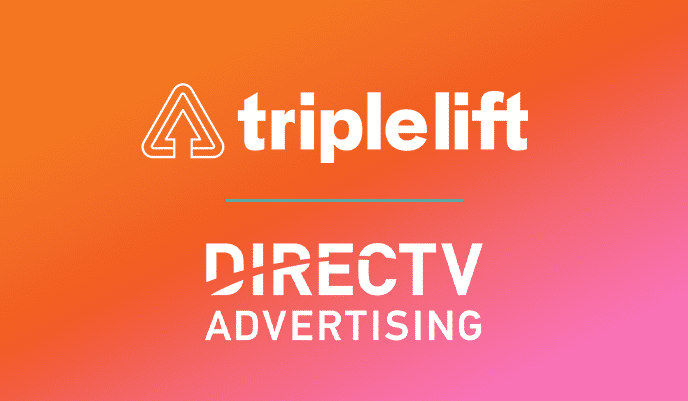Video ads face a higher engagement hurdle. Where other ads may only need a quick scan to be effective, video ads rely on true engagement with the video’s story in order to drive brand recall or action. The first step is actually getting a video ad to be seen on the page. Even if a video ad unit meets a viewability KPI, if the unit doesn’t drive meaningful engagement, it can result in inefficient media spend.
So how can advertisers optimize their video ads to not only be seen, but to be watched in full and convert to a sale?
TripleLift recently leveraged an eye tracking study through Sticky to test what effectively drives a user’s eye to a video ad and what keeps them there longer. In this study, respondents were given a series of articles to read, but were not instructed to pay attention to any special elements. The articles consisted of a mixture of traditional outstream video ads and TripleLift’s own Branded Video ad format. Through the use of eye tracking technology, we tracked where respondents eyes naturally navigated across the page and for how long. Below are the findings.
Design and branding drastically impact whether a user sees a video ad on the page.
In the eye tracking study results below, the heatmap represents a calculation of the number of eyes on a specific location on the page combined with the time those eyes spent on that location.
- Darker areas are the highly concentrated views
- Lighter areas represent content that was viewed less
Traditional outstream video ads are designed to interrupt a user’s attention, by either displacing the content on the page or delaying the start of content the user wants to engage with.

Despite the fact that these ads scream for attention, users have come to know and anticipate this design as disruptive — and have subsequently become accustomed to ignoring these types of ads entirely. In the heatmap below, the video ad and area surrounding the video lack colored shading.
That’s because in our study, less than half of respondents stopped to look at those areas of the page.
- Design: Even though the video ad was served mid-content, the design doesn’t fit the other content on the page. The ad is smaller than the width of the content, signaling to the user that it’s likely an interruption to their reading.
- Branding: At a quick glance, can you name the brand or the product? Most users could not. Lack of branding elements requires that users watch the entire video before identifying the brand or call to action.
TripleLift Branded Video Ads, on the other hand, performed extremely well in the study. Our video ad format is unique because its design follows a native philosophy, employing dynamic templating to display ads that match the design of publisher — seamlessly fitting into the feed of content.

In this heatmap, the video and its surrounding area have high concentrations of color, with at least 75% of respondents actually seeing video ad on the page.
- Design: The full ad takes on the width of the content being consumed, which encourages the eye to naturally scan its elements and consider it as a part of the larger content experience on the page.
- Branding: At a quick glance, users can see the disclosure, brand name, headline, and caption — so even without finishing the video ad itself a user still gets value and awareness about the brand and its product. As a result, the Branded Video format led to 38% higher brand recall than traditional video ads.







